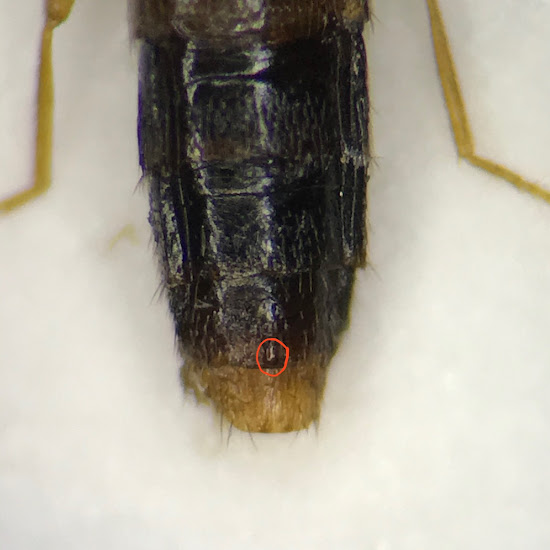Last week, there was a dull thud at the front door as a parcel was pushed through the letter box and hit the floor. On investigation I was met with a copy of the new Histerid and Siphid Atlas.
The authors have done a great job with this book and it is so much more than an atlas. Yes, there are up to date distribution maps but there is also natural history information, colour plates and brand new keys in there. The authors have also assigned English names to all species, something that I think is to be commended. Of course I will continue to use the scientific binomials but having some easy to access names make public engagement for these beetles so much easier when you can give people an English name.
Some will hate them and there will always be debate, but having beetles such as the Undertaker (Nicrophorus humator) and the Red-spotted Mucker (Atholus bimaculatus) will go a long way in helping to tell the story of how important these groups are in their ecology of clearing up the shit and dead stuff.
I have found previous histerid keys a bit hit and miss and so I was looking forward to taking some beetles through the new key. I remembered that I had a couple of specimens in the fridge that I had extricated from a dead Lapwing at Chippenham Fen back in Spring 2018 but that I had not yet confidently put a name to. Out they came and under the microscope they went,
I rattled through the key pretty quickly. The specimens were similar (both had two stria at the edge of the pronotum and 3 full and one almost full elytral stria) but different (size and the punctuation on the back end).
I soon realised that I was looking at the genus Margarinotus and that these were either M. striola or M. brunneus, both reasonably common and widespread. The two differ in the shape of the stria on the front of the head and whether they have a distinct fovea or pit on the elytra.
So the larger of the two (8.5mm) shows a an interrupted semi circular stria on the head (and no elytral fovea) making this one Margarinotus brunneus aka The Necromancer!!
The smaller beetles (6mm) has a more angulate head stria that looks like it slightly dips in at the front (although that is tough to see in the pic)
It also has a big fovea over the base of the third and fourth elytral striae making this one Margarinotus striola aka The Dented Clown!
So on one dead Lapwing I have the Necromancer and the Dented Clown. That could be the title of my next sci-fi book or possibly the name of a 90s indie band. Either is plausible.
So it looks like the keys might work (he says... fingers crossed). The book is a great addition to an ever expanding beetle library.































